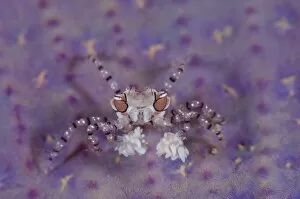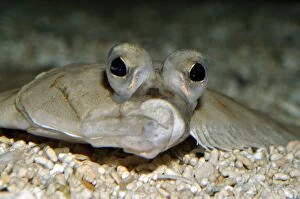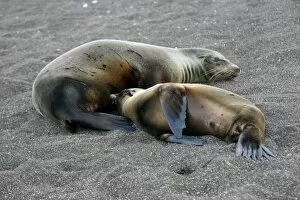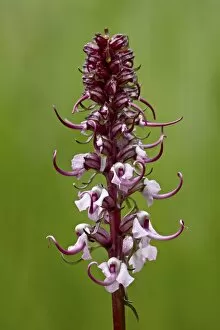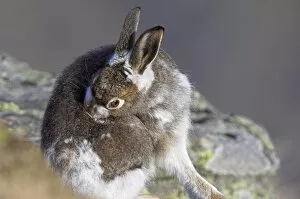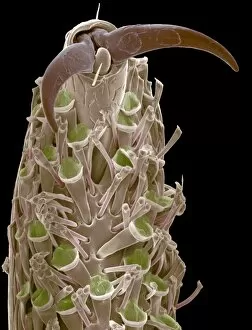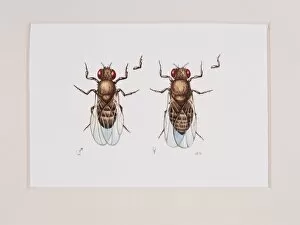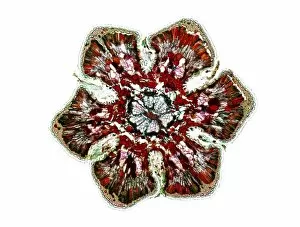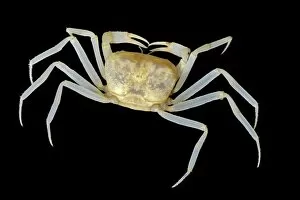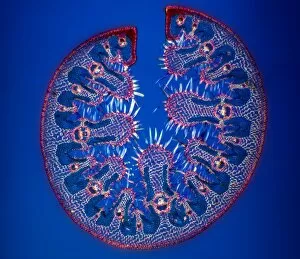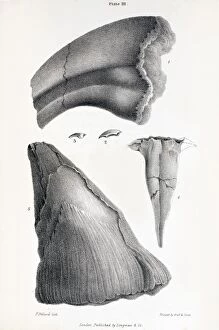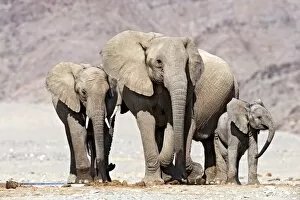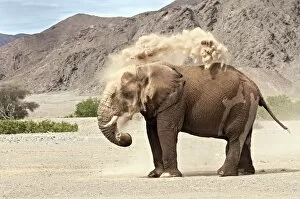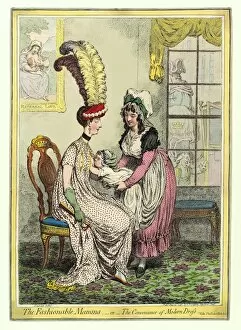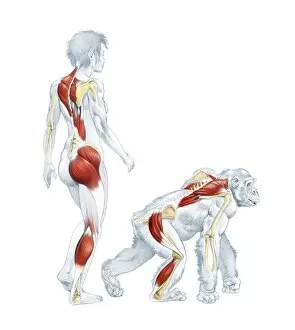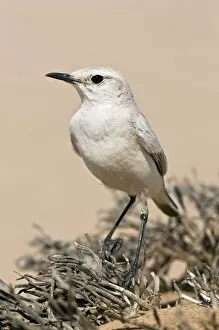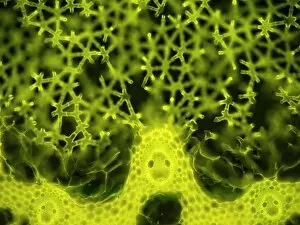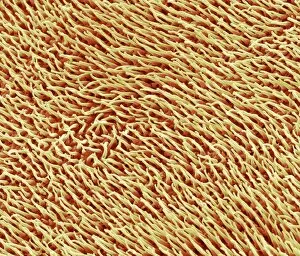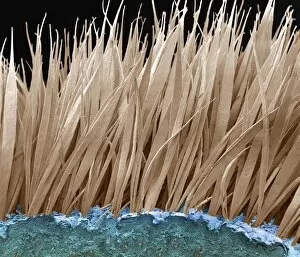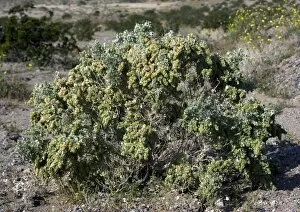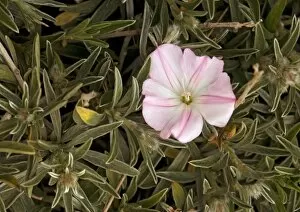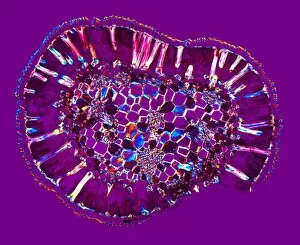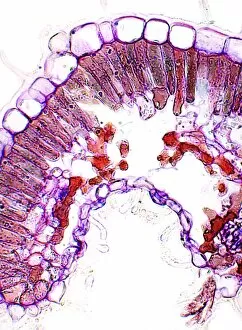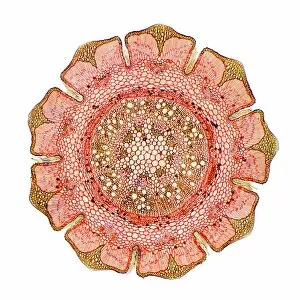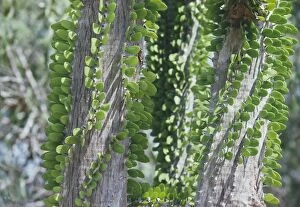Adaptation Collection (#6)
"Adaptation: Embracing Change in a World of Possibilities" In the realm of economics
For sale as Licensed Images
Choose your image, Select your licence and Download the media
"Adaptation: Embracing Change in a World of Possibilities" In the realm of economics, adaptation is akin to the ingenious contraptions depicted in Heath Robinson's illustrations. Just like Pinus cembra, or the Arolla pine, which adapts to harsh mountainous conditions, we too must find innovative ways to navigate and thrive amidst challenges. As if plucked from H. G. Wells' "The First Men in the Moon, " the US Navy's Consolidated PB4Y-2 Privateer exemplifies adaptation at its finest - transforming a bomber into an effective anti-submarine aircraft. Nature itself showcases remarkable adaptations with Araucaria columnaris and A. Heterophyllo trees gracefully adapting their forms to suit diverse environments. Similarly, the Green Tree Python effortlessly blends into its surroundings within forests of New Guinea and North East Australia. Just as Henry Irving mesmerized audiences as Mephistopheles in W. G. Wills' Faust, our ability to adapt allows us to take on different roles and conquer new frontiers – much like Beau Geste or Barry portraying Phaedra. A futuristic space scene inspired by Arthur C. Clarke's novel "The City And The Stars" reminds us that adaptation extends beyond earthly boundaries; it propels us towards uncharted territories where innovation reigns supreme. Yet even closer to home lies Lathyrus japonicus, commonly known as sea pea – resiliently adapting along coastal regions despite rising sea levels threatening low-lying lands worldwide. As protection costs soar, we must seek sustainable solutions for these vulnerable areas. Ultimately, adaptation is not merely survival but embracing change with open arms. Like The Breach at Alkborough on the Humber Estuary in Eastern England illustrates - it urges us to confront challenges head-on while seeking cost-effective strategies that safeguard our future. In this ever-evolving world, adaptation becomes our compass guiding us through uncertainty, enabling us to thrive amidst the winds of change.

